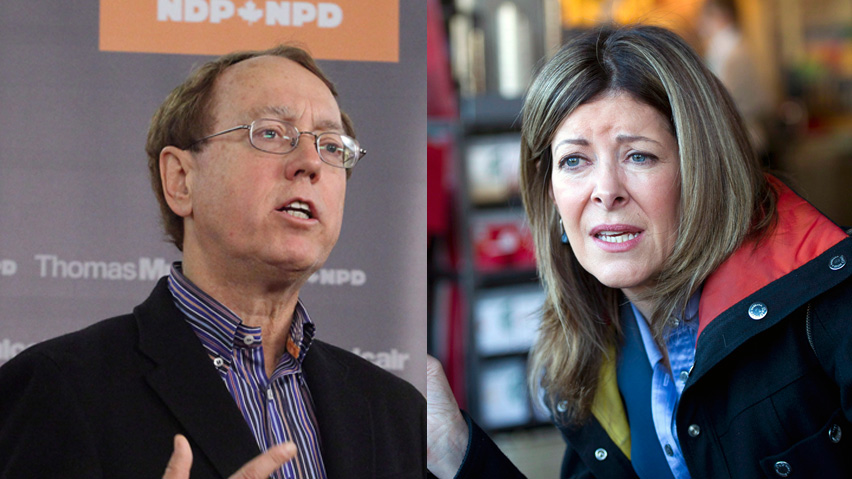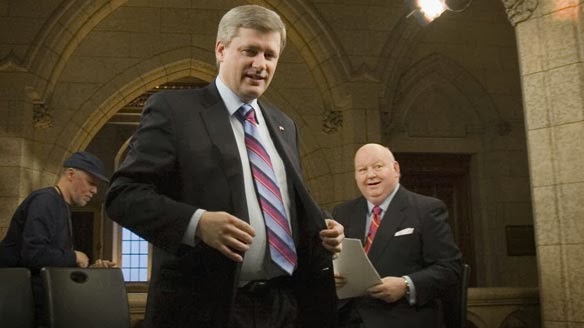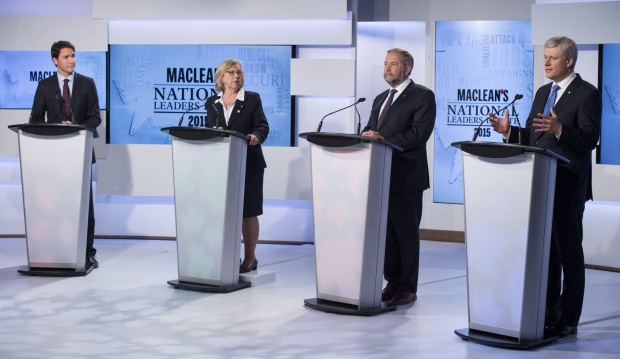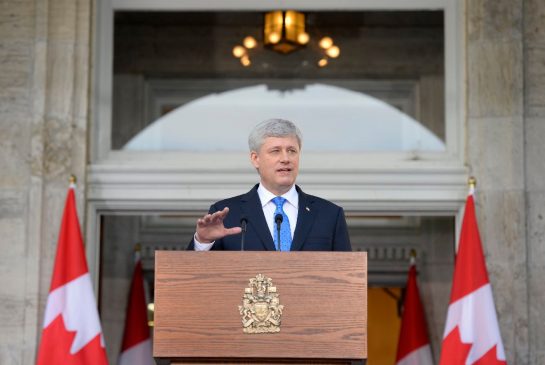
Tight By-Elections Paint Canada Blue and Orange
After yesterday’s tight races in 2 federal by-elections, Calgary-Centre stayed Conservative and Victoria remained NDP. The third race, Durham, saw a strong Conservative victory. Overall, despite their losses, the Liberals and Greens can celebrate the results, which are bittersweet for the Tories and NDP. The winners may keep their turf, but it isn’t stable.
The results were anticipated to be close in Calgary-Centre but after a close race between Conservative candidate Joan Crockatt and her Liberal opponent Harvey Locke, Crockatt squeezed through for a narrow victory in what has been Tory land since 1968. In other words, even though the Liberals didn’t win the seat, this is their best turnout in the riding since 1968 and additionally, their best turn out in the past 6 years.
Calgary-Centre Results
|
Party
|
Candidate
|
Votes
|
Percentage
|
|
Joan Crockatt
|
10,201 |
36.9%
|
|
|
|
Harvey Locke
|
9,034 |
32.7%
|
|
|
Chris Turner
|
7,090
|
25.6%
|
|
|
Dan Meades
|
1,063
|
3.8%
|
However, the Liberals weren’t the only force fighting for Calgary-Centre, the Green Party fielded a strong candidate in that riding who managed to finish third with a good margin but for Liberals who were aiming for that riding, Chris Turner’s gains couldn’t have been sour enough. Nonetheless, the Green Party gave the NDP a run for their money in Victoria, surpassing them and keeping a tight race throughout the ballot counting. In the end while the Greens didn’t pick up any ridings, their strong performance is noteworthy – especially when they have managed to take momentum away from Canada’s two largest parties: the NDP and the Conservatives.
Victoria Results
|
Party
|
Candidate
|
Votes
|
Percentage
|
|
Murray Rankin
|
14,519 |
37.2%
|
|
|
|
Donald Galloway
|
13,368 |
34.3%
|
|
|
Dale Gann
|
5,633
|
14.4%
|
|
|
Paul Summerville
|
5,092
|
13.1%
|
The funny thing about these results is how unstable the victories actually were for the Conservatives and NDP. The results of Calgary-Centre will be historic as Crockatt is the first Conservative MP to barely hang on to the riding since 1968 – while nearly losing it to a Liberal. Meanwhile, the NDP fared poorly inthat riding, only receiving 3.8% of the vote. While the NDP may have a 2.9% edge over their Green opposition in Victoria there were points during the ballot counting that seemed like a turnover might happen.
Considering the low turnouts in all three ridings, it is worth noting that even the strongest Conservative victory of the by-election, 50.7% in Durham, is weak and unstable. The voter turnout was lowest in Calgary-Centre where Cockatt only won with 36.9% of the 29.4% of people who bothered to vote. Durham paints a similar story, Erin O’Toole won 50.7% of the 35.8% who voted and in Victoria, Murray Rankin won with only 37.2% of 43.9%. With a larger vote count in 2015 and votes falling differently, these three ridings may come back to swallow their new MPs alive – but then 2015 is a long way away.
Durham Results
|
Party
|
Candidate
|
Votes
|
Percentage
|
|
Erin O’Toole
|
17,281 |
50.7%
|
|
|
|
Larry O’Connor
|
8,947 |
26.3%
|
|
|
Grant Humes
|
5,887
|
17.3%
|
|
|
Virginia Ervin
|
1,386
|
4.1%
|
Overall, the NDP and Conservatives can be cautiously optimistic about their wins because with a different split and greater turnout next time, their fortunes may be very different. They may have these ridings now, but this by-election has shown that the grounds are shaky, even for the ridings that have been solid since 1968. The Liberals and Greens can celebrate quite a bit. The Liberals managed to nearly beat a Conservative in the heart of Conservative territory and the Greens had a strong turnout. If these performances reoccur in 2015, it will be interesting to see how the seats will fall – or if this will end up aiding the Conservatives and NDP like it did Joan Crockatt in Calgary-Centre.
What do you think of the results of the by-elections? Are you satisfied? Do you think the establishment (NDP and Conservatives) should see the uprising of the Greens and Liberals as a potential threat in the future?



